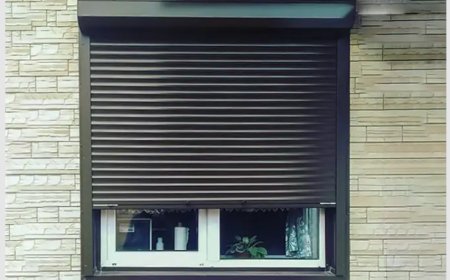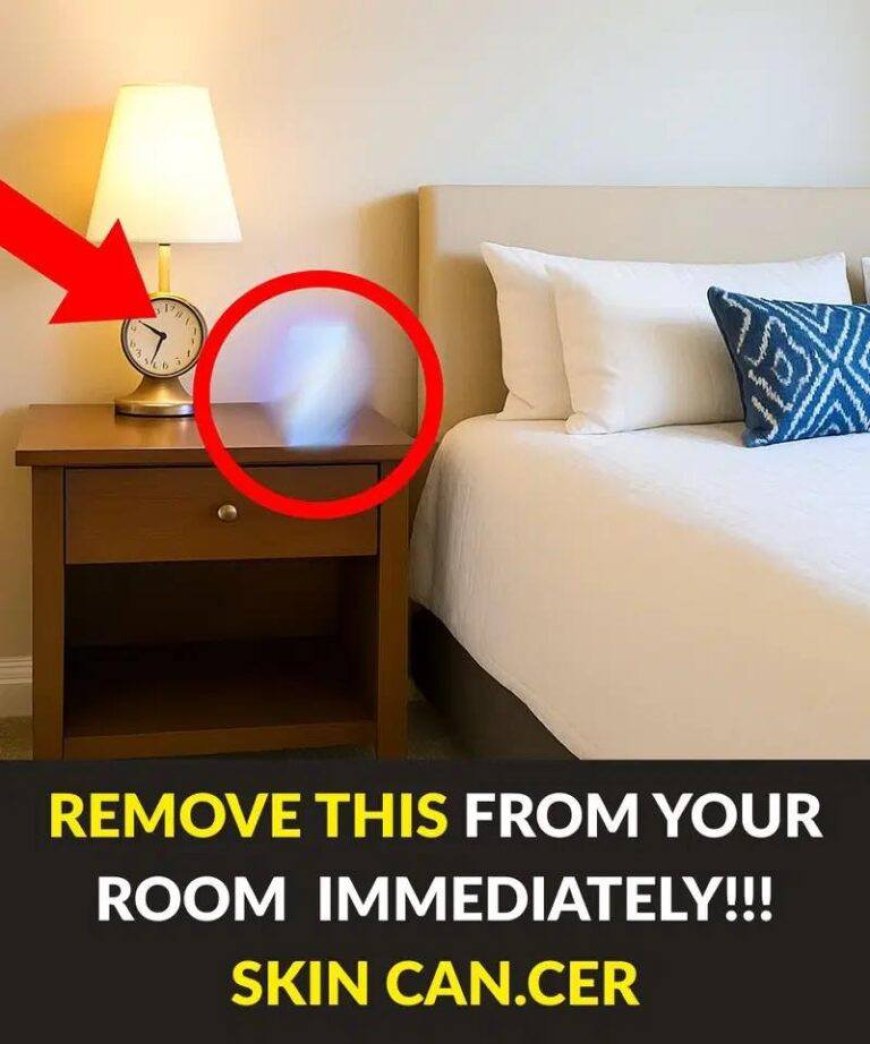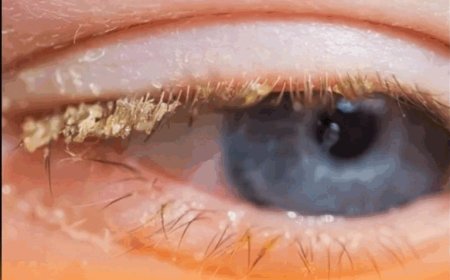Remove This from Your Room – It May Trigger Skin Canc3r Without You Knowing
Most people think of their bedroom as a place of comfort and safety—a quiet space where the body rests, heals, and resets for the next day. But recent research suggests that the room we trust the most may be exposing us to an unexpected threat. Hidden among everyday objects, a seemingly harmless source of artificial light could be silently stressing your skin, interrupting its natural repair cycle, and contributing to long-term damage.
1.
Remove This from Your Room – It May Trigger Skin Canc3r Without You Knowing
You probably think of your bedroom as the safest place in your home. It’s where you sleep, relax, and unwind after a long day. But what if we told you that one common item in your room could be silently increasing your risk of skin cancer—without your knowledge?
We’re talking about certain types of artificial lighting, especially LEDs and blue light-emitting devices that are quietly disrupting your skin health while you sleep.
The Hidden Danger of Blue Light
You’ve likely heard that staring at screens too long can hurt your eyes, but did you know that blue light (HEV light) can also penetrate your skin deeper than UVA and UVB rays? According to dermatological studies, prolonged exposure to blue light can lead to:
DNA damage in skin cells
Accelerated
aging (photoaging)
Hyperpigmentation
And in some cases, increased risk of skin cancer
Blue light is emitted from smartphones, tablets, LED bulbs, laptops, and even some night lights or smart home devices. And the worst part? You’re often exposed for hours at night, when your body is supposed to be healing—not absorbing harmful light.
You’re Sleeping in the Glow
Look around your bedroom. Do you sleep with:
A glowing smart speaker or clock?
Your phone screen facing up, lighting up with every notification?
A cool-toned night light or reading lamp?
A TV or monitor in standby mode?
That seemingly innocent glow might be more dangerous than you think. The accumulated exposure to this low-level artificial light has been linked to skin stress and a breakdown of your body’s natural repair processes. Over time, this can trigger cell mutations and increase your vulnerability to melanoma and other skin cancers.
Not All Light Is Created Equal
Warm-toned bulbs (yellow or red) are generally less harmful. But many modern bulbs, especially “cool daylight” or “bright white” LEDs, emit strong blue light wavelengths that are unregulated and often overlooked.
Unlike UV light from the sun, indoor lighting doesn’t cause immediate sunburn or redness, so it’s easy to ignore. But it’s this invisible, long-term exposure that makes it especially dangerous.
What You Should Do – Immediately
Here’s how to protect your skin starting tonight:
Remove or cover any unnecessary light-emitting devices near your bed
Switch to warm-tone LED bulbs or even red light night lamps
Tap the p.hoto to v.iew the full r.ecipe.


























